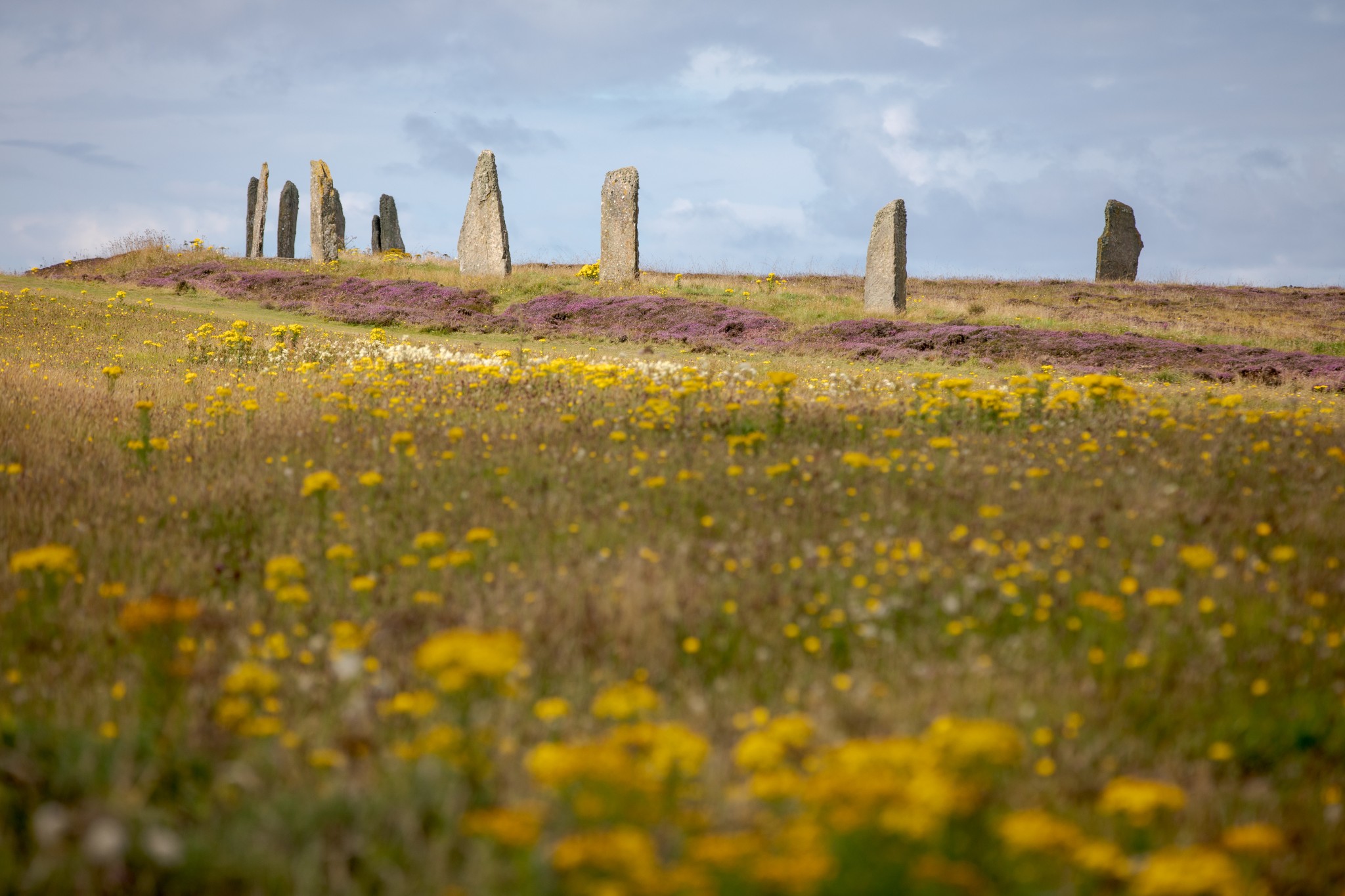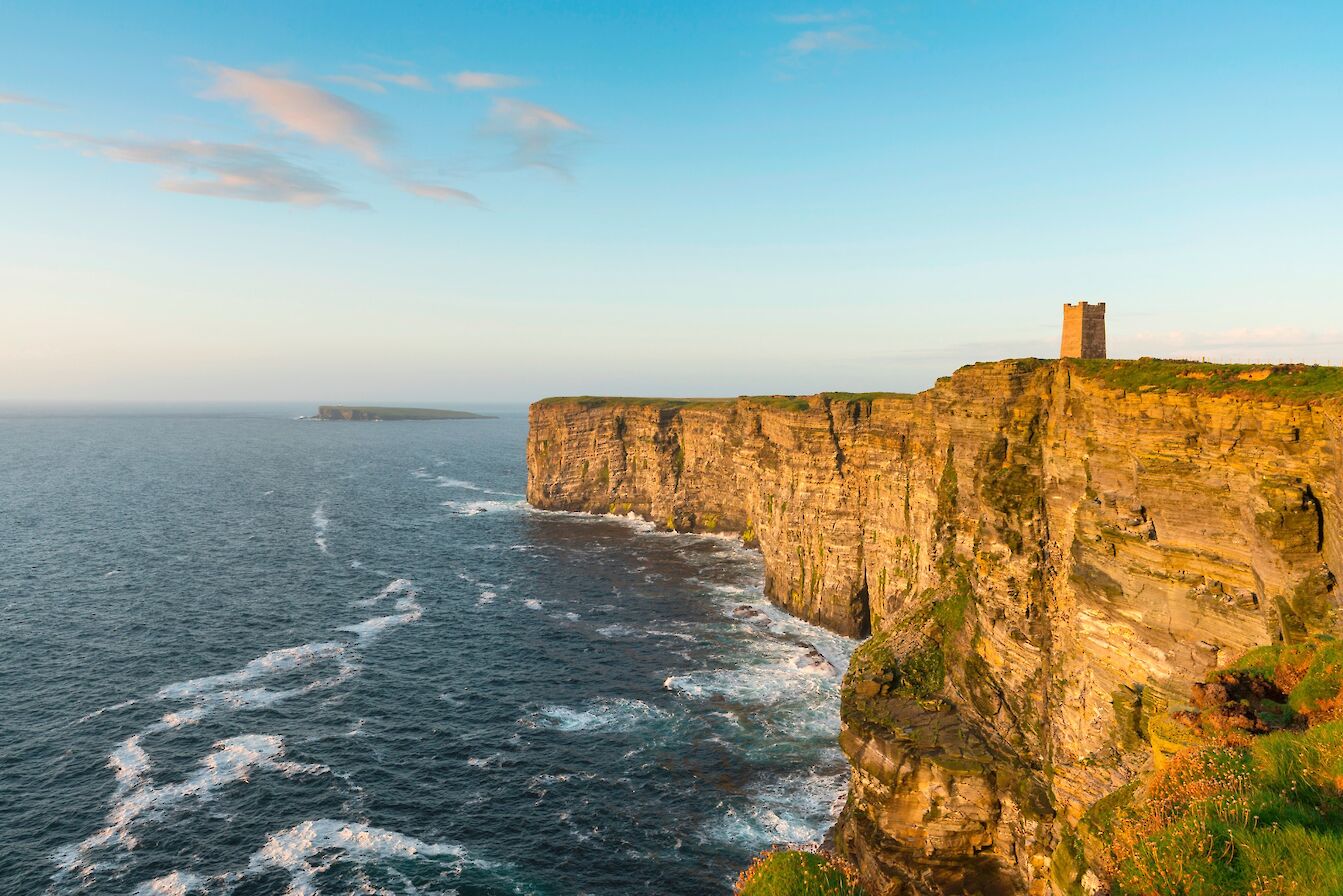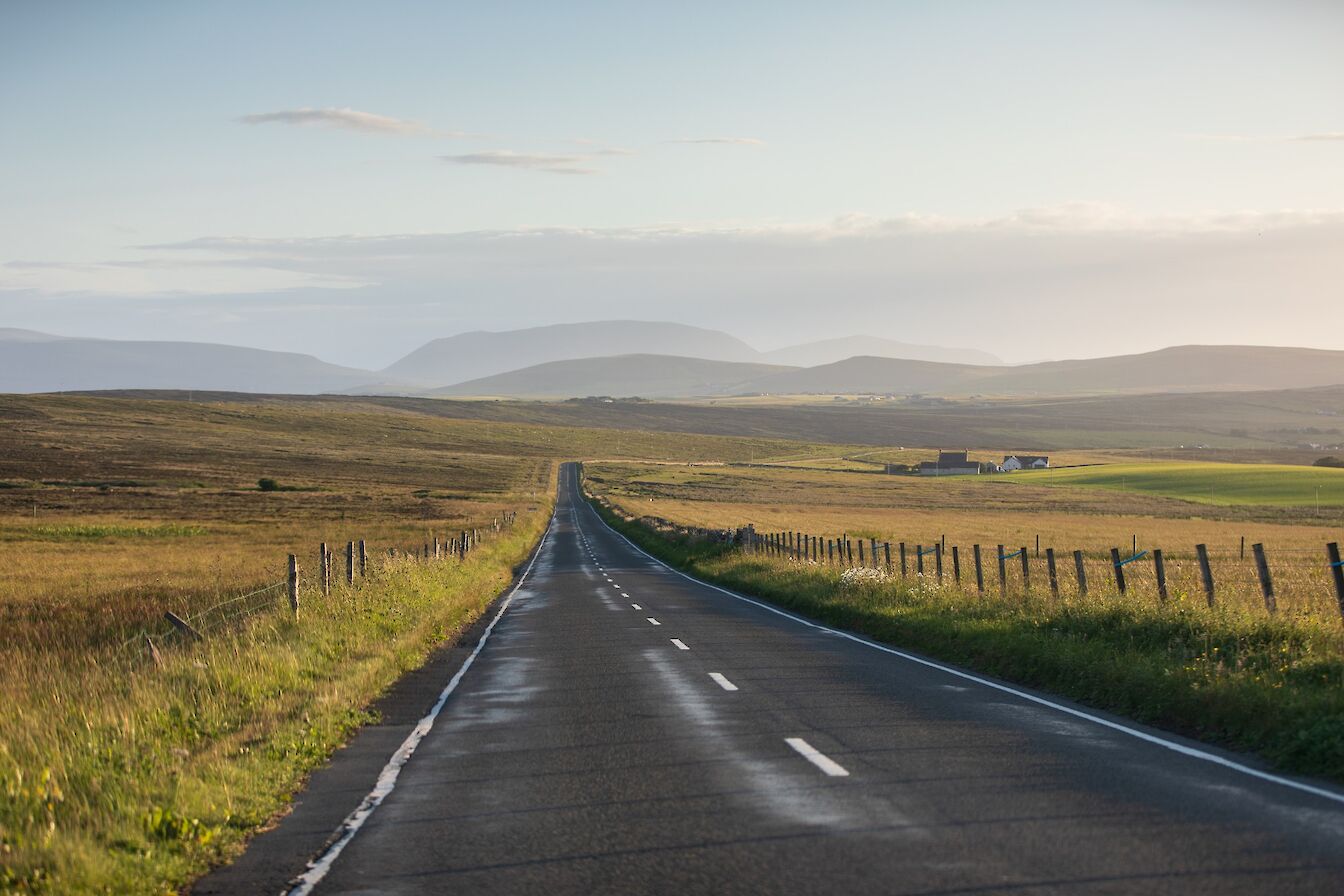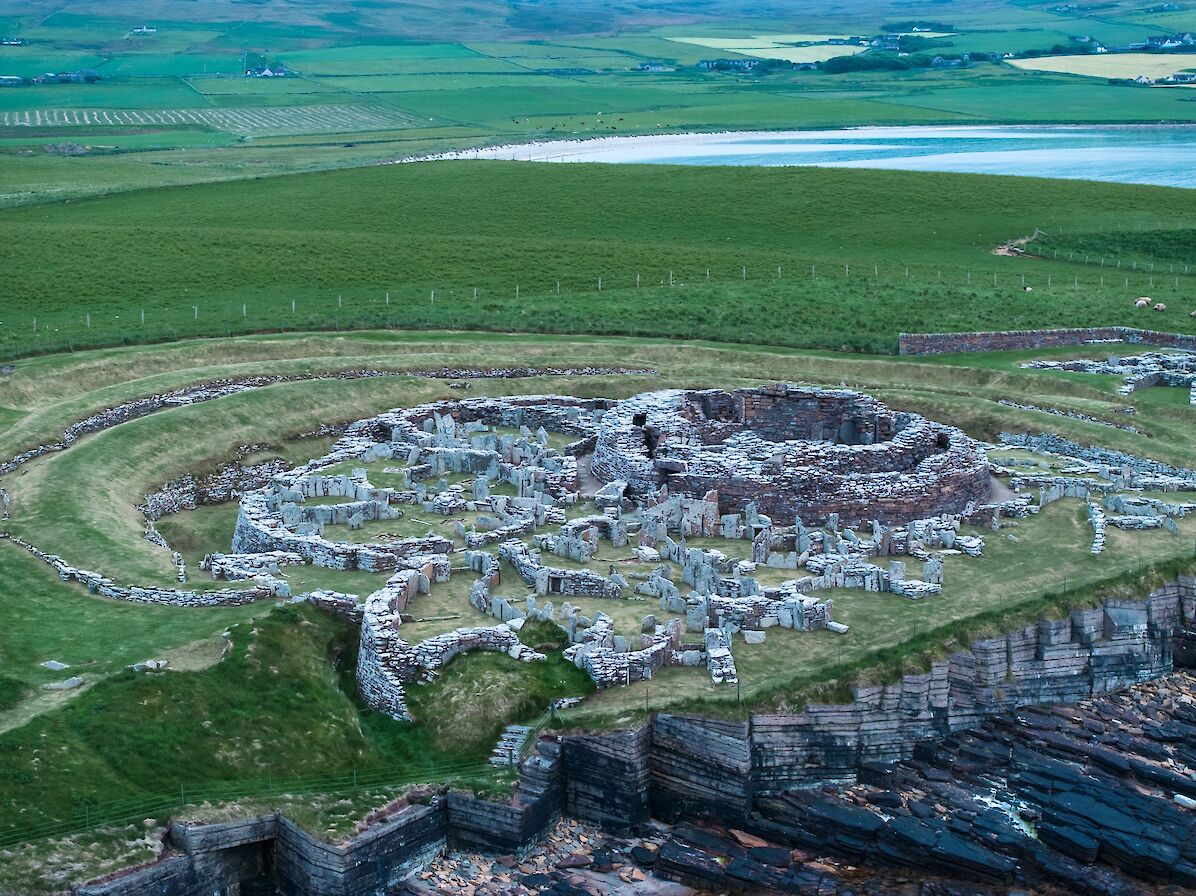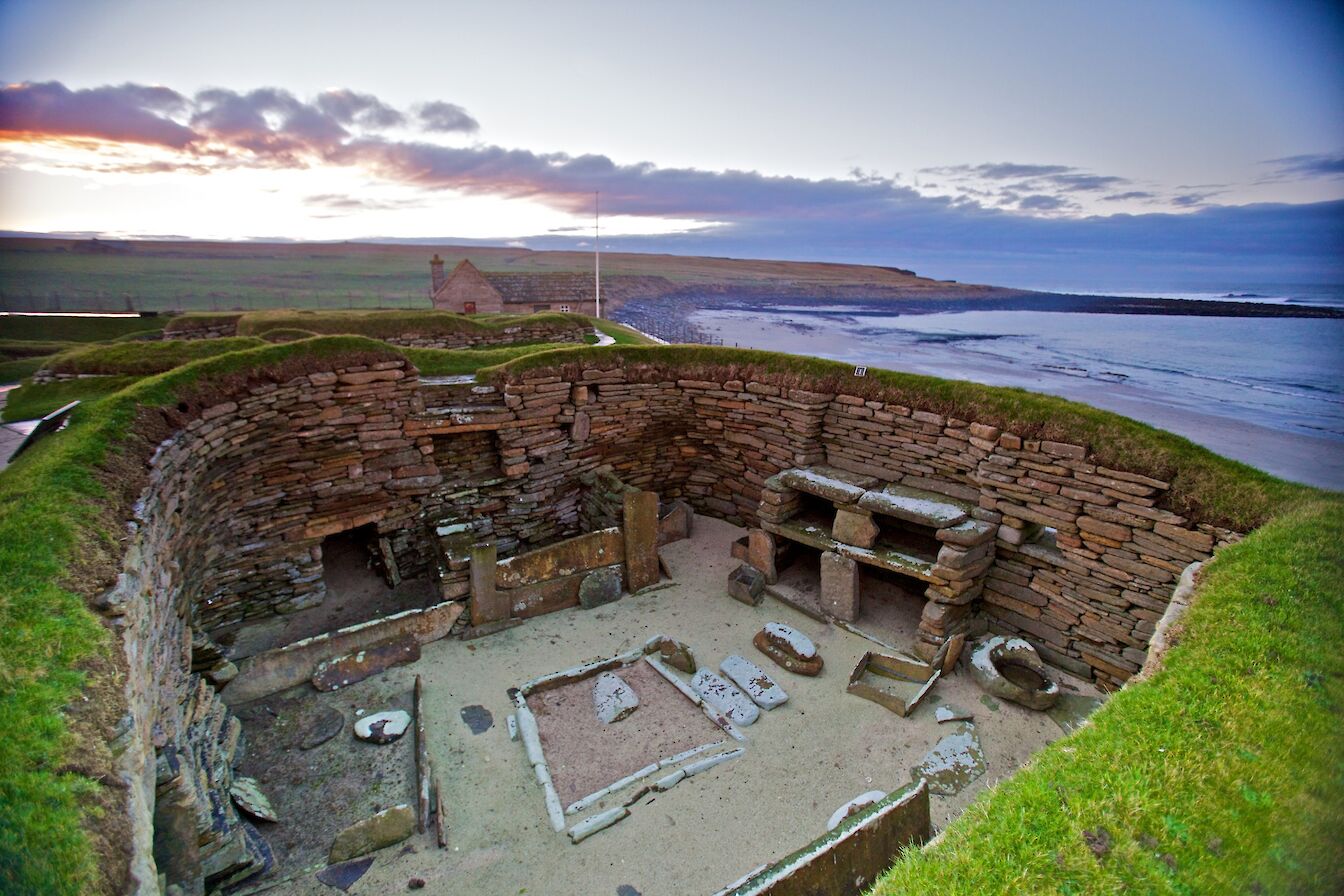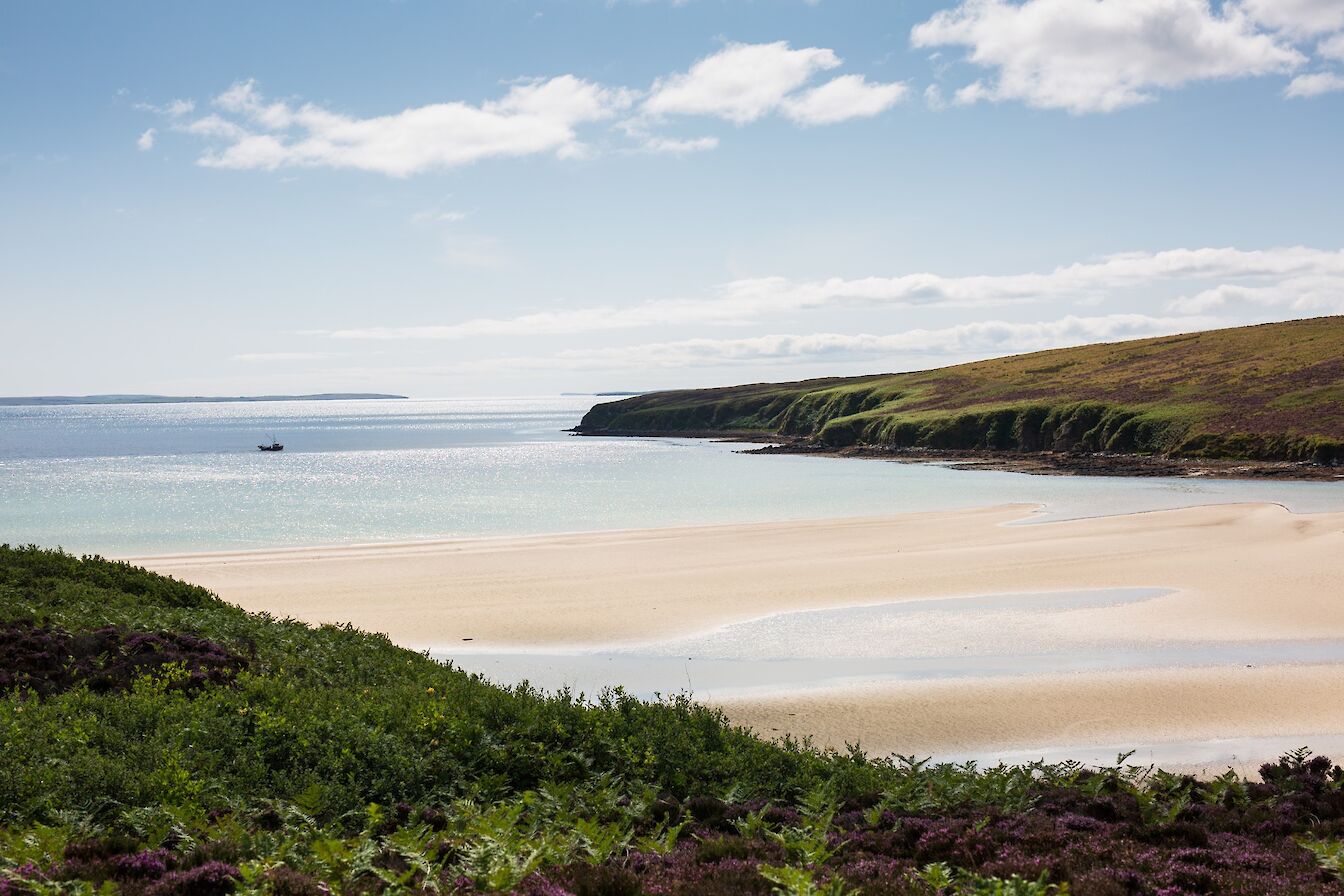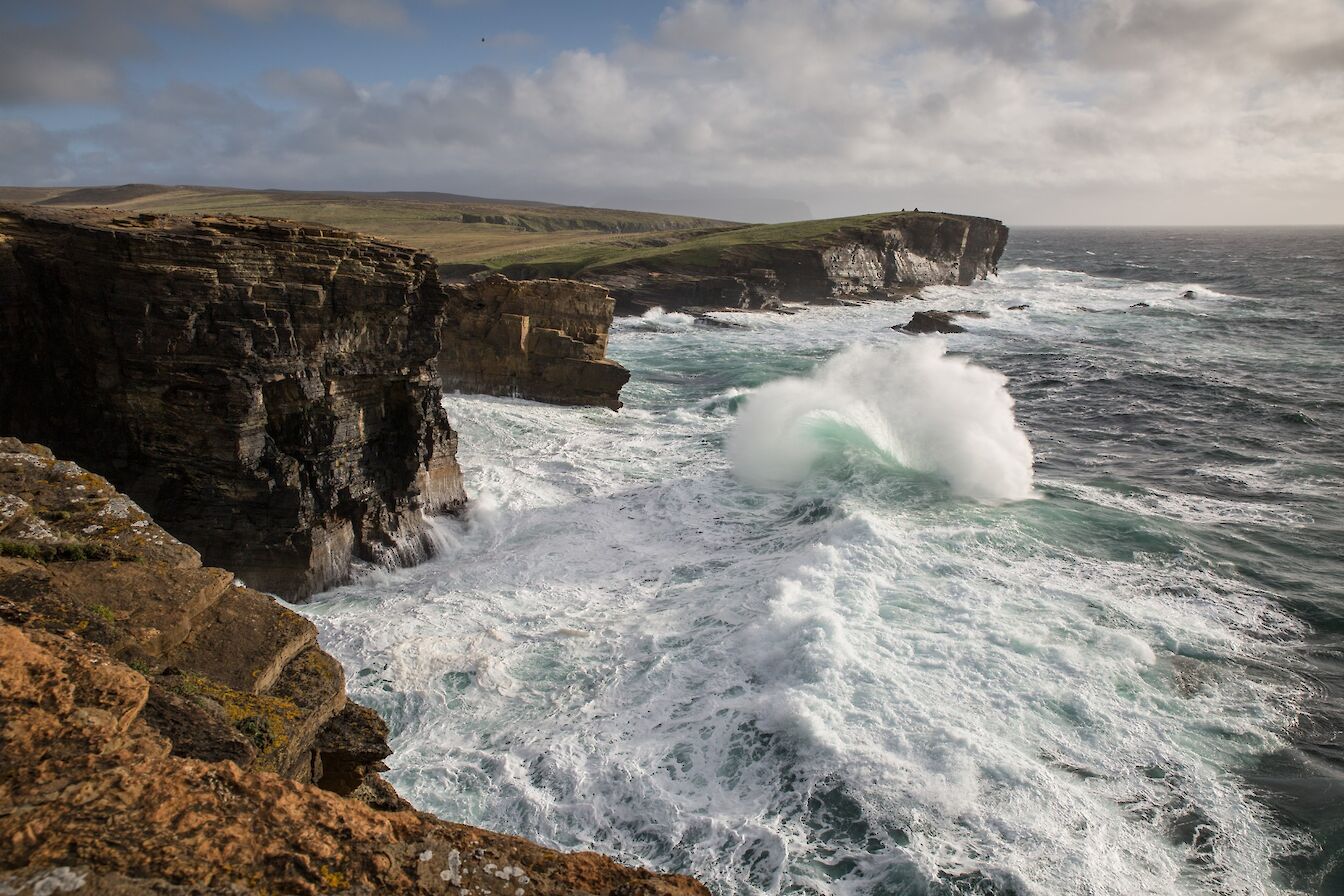This is Orkney at its best. The West Mainland has amazing archaeology and a dramatic coastline amidst its patchwork of farms, fields and lochs. Simply put, it’s a magical part of the islands.
About the West Mainland
The West Mainland is home to some of the finest ancient attractions in the world, including The Heart of Neolithic Orkney World Heritage Site, showcasing thousands of years of Orcadian history. From the great stone circle of the Ring of Brodgar, to the prehistoric village at Skara Brae, and all the Iron Age, Viking and wartime sites in between, it’s a place where time travel is a reality.
There’s also an incredible range of natural highlights to take in here, including bird reserves, beaches, sea stacks and a special tidal island. There are thriving communities too, full of local shops, talented makers, and plenty of food and drink delights, such as breweries and bakeries.
First time visitors might be daunted by the sheer volume of things to see and do in the West Mainland, but it isn’t a place to tick off in a day. Let yourself settle in to the gentle pace of island life and explore the area slowly, soaking up all the sites and scenery as you go.
Useful information
- Getting around
Given its relative size, having a car at hand to explore the West Mainland is the best way to make the most of your time here. It’s around 20 miles from Kirkwall to Birsay on the northwest coast.
Orkney’s public bus routes do cover large parts of the area but generally stick to main roads - if you plan to visit some off-the-beaten-track locations then a car, or bicycle, is essential.
The X1 bus travels along the main route linking Kirkwall and Stromness, passing close to the Maeshowe Visitor Centre and the road to the Standing Stones of Stenness and the Ring of Brodgar. During the summer months an extra leg is added to include direct access to these sites and Skara Brae. This route can be very busy when larger cruise ships are in port, so be prepared to wait for the next bus if needed. The 8S bus connects Kirkwall with Skara Brae and Stromness too.
Other routes traverse the different parishes that make up the West Mainland, including Orphir, Evie, and Birsay, offering the chance to visit places like Waulkmill beach, the Broch of Gurness, and the Brough of Birsay.
If you’re bringing your bike, you’ll find many of the West Mainland’s country roads quiet and peaceful, but the main routes can be busy with folk going about their daily business. Be prepared to pull in to let traffic past if needed.
- Shopping
You won’t go without during a day or two in the West Mainland, with a wide range of shops available across the area.
Baikie’s Stores in Finstown is a busy shop full of local goods and fresh food. Find the shop on Facebook to check opening times.
The village of Dounby is home to an ASDA Express store. Check opening times on Facebook.
The Stenness Garage in Stenness has a small shop stocked with local produce including milk, bread, and meats, as well as freshly made sandwiches, pizzas, and pies. Check opening times on Facebook.
The Mistra is a small shop in the parish of Evie and stocks all the essentials you’d need if you’re staying in the area or popping in for a snack. Find the shop on Facebook to check opening times.
In Birsay, you’ll find Palace Stores with its range of groceries, local food and drink, and delicious takeaways. Find the shop on Facebook to check the latest opening times.
The Isbister Brothers shop in Quoyloo is packed with local produce and general groceries, as well as household goods and gifts. Find the shop on Facebook to check opening times.
Elsewhere you’ll find honesty shops and boxes full of delicious goodies, including at JP Orkney, The Orkney Dairy, and the Eviedale Bakehouse. Both the Orkney Brewery and Swannay Brewery have shops selling their beers and other merchandise too. Check opening times for the all above on social media before planning a visit.
- Fuel
If you need to fill up, you’ll find fuel pumps at Esson’s Garage in Finstown, at the ASDA Express in Dounby, at the Stenness Garage in Stenness, and at Isbister Brothers in Quoyloo. Check social media for the latest opening times and availability.
- Public toilets
There are public toilets available throughout the West Mainland – view our interactive map to find out more. It’s worth noting that there aren’t toilets at the Standing Stones of Steness or the Ring of Brodgar – the closest available ones can be found in Stenness, Dounby, or at the Bay of Skaill.
If you’re planning a visit to Orkney, the chances are most of your time will be spent in the West Mainland.
It’s the kind of place where you can explore ancient sites in the morning, sample some of the finest food and drink anywhere in the world at lunchtime, and embrace the elements on the coastline in the afternoon and evening. Then you could do it all again at new locations the next day.
There’s so much to see and do in this fascinating part of Orkney. Browse our listings below and start planning your visit.
We also have two excellent walking routes in the West Mainland. Find out more below.
Use the key below to explore the West Mainland with our interactive map.




















































































Find your perfect home from home in the West Mainland.
